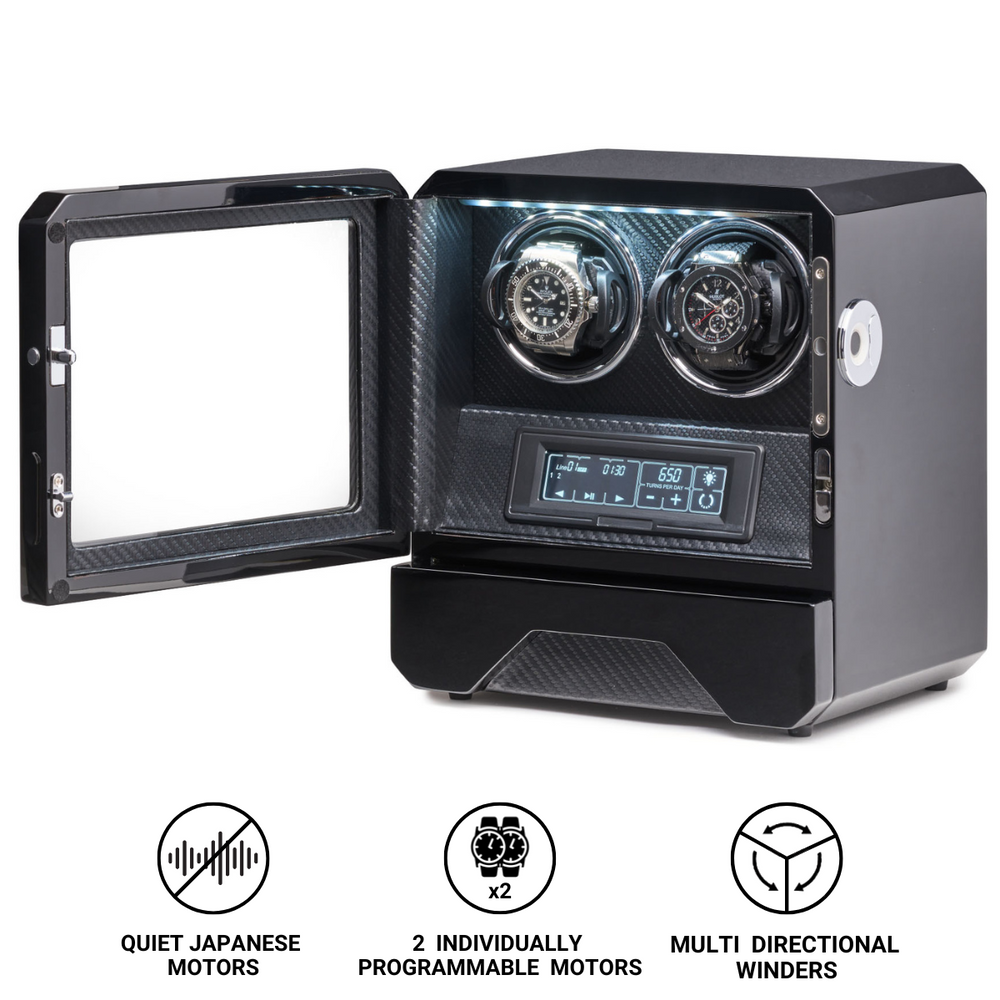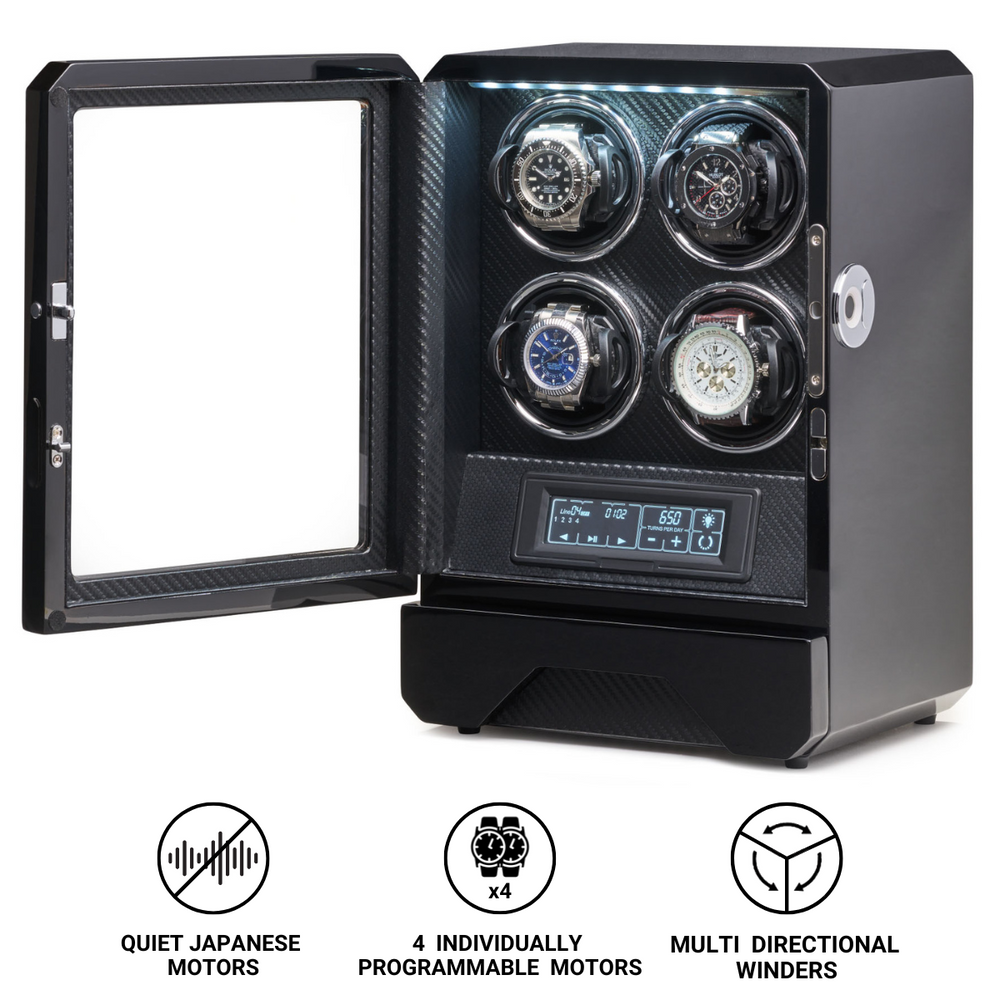What is Dauphine Hands?
Among the many styles of watch hands that have emerged throughout the history of horology, few are as timeless, refined, and instantly recognisable as the Dauphine hand. Characterised by its triangular shape, faceted surface, and sharp, elongated profile, the Dauphine hand embodies an era of sophistication and precision that defined mid-twentieth-century watchmaking. It reflects a design philosophy that values clarity, elegance, and craftsmanship in equal measure.
The Dauphine hand has adorned the dials of some of the most iconic timepieces in history. From the dress watches of the 1950s to the luxury classics of modern times, it has maintained its status as a symbol of understated refinement. Its geometry catches light beautifully, creating a dynamic play of reflection that enhances legibility and adds depth to the watch face.
The Origins of the Dauphine Hand
The term “Dauphine” has its origins in French, historically referring to the heir to the throne, the “Dauphin” of France. Although the connection is symbolic rather than literal, the name reflects the sense of elegance and noble bearing that this hand design conveys.
The Dauphine hand first appeared in the early 1940s and became one of the defining features of watch design during the 1950s and 1960s. This period marked a transition in horology, as watchmakers began to focus on cleaner, more modern aesthetics following decades of ornate, Art Deco-inspired designs. The streamlined look of the Dauphine hand suited the emerging post-war style, where precision and purity of form were valued over excess decoration.
Watch manufacturers such as Jaeger-LeCoultre, Omega, Longines, and Universal Genève were among the first to adopt Dauphine hands in their dress watches. These watches featured minimalist dials, often with sunburst finishes that complemented the angular, light-catching shape of the hands. The combination created a distinctive visual signature that quickly became synonymous with mid-century modern design.
The Anatomy and Design of Dauphine Hands
The Dauphine hand is defined by its geometric and architectural qualities. It typically takes the form of an elongated triangle that tapers to a fine point, ensuring precise time reading. What makes the design distinctive is its faceted structure: each hand is divided along its length by a central ridge, creating two flat surfaces that catch and reflect light differently.
This interplay of light and shadow gives the Dauphine hand its unique character. Under certain angles, one side of the hand appears bright while the other darkens, producing a dynamic contrast that enhances legibility and adds visual depth. This effect is particularly striking when paired with a sunburst or guilloché dial, where both elements interact in a symphony of reflection and texture.
The facets of a Dauphine hand are often polished or brushed to varying degrees, depending on the aesthetic intention. Polished facets provide brilliance and luxury, while brushed surfaces lend a more subdued, tool-like appearance. Some watchmakers apply a fine bevel or chamfer along the edges for additional refinement.
The dimensions of Dauphine hands also vary according to the type of watch. In dress watches, they are typically slender and elongated, emphasising elegance. In sportier or larger models, they may be broader and bolder, improving legibility while retaining their signature geometry.
The Role of Dauphine Hands in Watch Aesthetics
Dauphine hands occupy a special place in horological design because they achieve a perfect balance between beauty and practicality. Their sharp, angular form provides excellent readability while offering a sculptural aesthetic that enhances the overall visual harmony of a watch dial.
This combination of clarity and artistry made them a natural choice for watchmakers in the mid-twentieth century, a period often regarded as the golden age of design in horology. The clean lines of Dauphine hands aligned perfectly with the minimalist ethos of that era, which favoured simplicity, symmetry, and technical precision.
Dauphine hands also contribute to the perception of depth and dimensionality on a watch dial. The interplay between their faceted surfaces and the underlying textures of the dial creates a dynamic visual experience. This effect changes constantly as the watch moves with the wearer’s wrist, giving the watch an almost living quality.
In addition, their broad surface area allows for the application of luminous material, a feature that became more common in later designs. This adaptation made Dauphine hands suitable not only for dress watches but also for everyday and professional models where legibility under low light was essential.
The Manufacturing and Finishing of Dauphine Hands
Creating high-quality Dauphine hands requires exceptional precision and craftsmanship. They are typically made from brass or steel, which are then plated or coated in precious materials such as gold, rhodium, or palladium. In luxury watches, solid gold hands may also be used to match the case and dial elements.
The manufacturing process involves several stages: cutting, shaping, faceting, polishing, and sometimes applying coatings or lume. The faceting is particularly demanding, as it must be symmetrical and perfectly aligned with the central ridge. Any deviation would compromise the aesthetic balance and reflective quality of the hand.
Finishing is where the artistry truly shines. Some manufacturers use a combination of polished and satin finishes to enhance the visual contrast between the two halves of the hand. Others employ diamond polishing to achieve a mirror-like surface that captures even the faintest glint of light. The edges must be crisp, yet free from burrs, and the surfaces must remain perfectly flat to maintain optical precision.
In high-end watchmaking, the production and finishing of hands are often done by specialised artisans who dedicate their careers to mastering these tiny but crucial components. The result is a set of hands that not only indicates time but also embodies the brand’s craftsmanship and design philosophy.
Variations and Modern Interpretations
While the traditional Dauphine hand remains faithful to its original geometry, many modern variations have emerged over the decades. Watchmakers reinterpret the classic design in innovative ways, adapting it to contemporary tastes and technological advancements.
Some variations include:
-
Skeletonised Dauphine Hands: These retain the triangular outline but feature open-worked or cut-out sections, reducing weight and adding visual intricacy.
-
Luminous Dauphine Hands: Filled with modern luminous compounds such as Super-LumiNova, these enhance visibility while preserving the iconic silhouette.
-
Shortened or Blunted Dauphine Hands: Found on some dress watches, these provide a softer, more elegant look that suits compact or minimalist dials.
-
Brushed and Polished Hybrids: Combining different surface finishes within a single hand adds depth and sophistication.
Luxury brands continue to explore the aesthetic potential of Dauphine hands. Grand Seiko, for example, has elevated the style through its signature “Zaratsu” polishing technique, producing perfectly flat surfaces that reflect light with mirror-like precision. Similarly, brands such as Jaeger-LeCoultre and Vacheron Constantin use refined Dauphine variations that align with their timeless, understated designs.
Dauphine Hands in Historical Context
The popularity of Dauphine hands in the 1950s and 1960s coincided with a broader cultural shift toward modernism. Architecture, furniture, and product design of the era embraced geometric simplicity and functional beauty, principles that found direct expression in watch design.
Watches like the Omega Constellation, Longines Flagship, and Jaeger-LeCoultre Memovox exemplified the period’s aesthetic harmony. Their crisp lines, restrained dials, and polished Dauphine hands captured the spirit of the age: confident, forward-looking, and refined.
The longevity of the Dauphine hand style is a testament to its versatility. Even as trends in watch design evolved through the 1970s quartz era, the 1980s revival of classic mechanical watches, and the modern renaissance of vintage-inspired pieces, Dauphine hands remained relevant. They are equally at home on a minimalist Bauhaus watch, a high-jewellery timepiece, or a contemporary reinterpretation of a mid-century icon.
The Technical and Optical Advantages
Beyond their aesthetic appeal, Dauphine hands offer practical advantages that make them a favourite among designers and watchmakers. Their broad surface and sharp tips ensure precise time reading, even from a quick glance. The faceted construction enhances contrast under different lighting conditions, improving legibility without the need for excessive lume or colour contrast.
The ability of Dauphine hands to reflect light differently on each facet makes them visually engaging yet functionally clear. Unlike flat or baton-style hands, which can sometimes disappear under glare, Dauphine hands remain visible in varying lighting conditions, making them both beautiful and practical.
The Enduring Appeal of Dauphine Hands
In an era when watch design often oscillates between complexity and minimalism, Dauphine hands stand as a model of enduring balance. They embody precision, elegance, and clarity without relying on ornamentation. Their faceted geometry reflects the meticulous attention to detail that defines fine watchmaking.
Collectors and enthusiasts often associate Dauphine hands with the golden age of horology, a period when mechanical watches represented the pinnacle of both technology and style. Their continued use by modern brands underscores their timelessness and versatility. Whether crafted from polished steel or solid gold, on a simple dress watch or a complicated perpetual calendar, Dauphine hands maintain their ability to elevate a design through subtle sophistication.
Conclusion
Dauphine hands are more than just indicators of time. They are a fusion of geometry, craftsmanship, and light. Their faceted design captures the very essence of horological artistry, transforming a functional element into a defining feature of elegance.
From their mid-century origins to their continued presence in today’s finest watches, Dauphine hands represent the enduring dialogue between form and function that lies at the heart of watchmaking. Their sharp edges, triangular precision, and dynamic reflections continue to remind us that beauty in horology is often found in the smallest of details.
In every flicker of light across a Dauphine hand lies a story of heritage, innovation, and timeless design.









